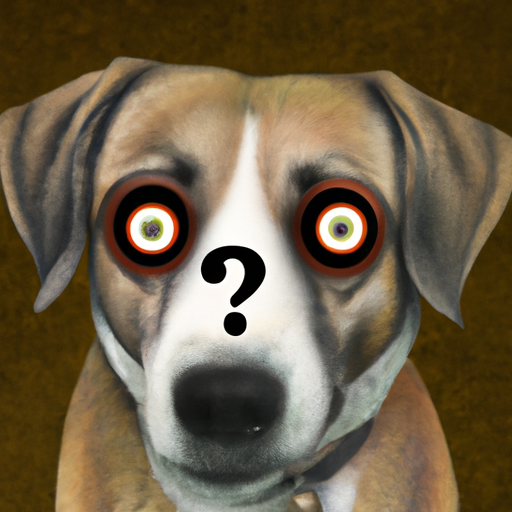Understanding Your Dog’s Eye Anatomy
To comprehend the changes in your dog’s pupil size, you need to first understand its eye anatomy. Dogs, like humans, have a colored part of the eye, called the iris, which houses the pupil – the black circle in the center. The iris controls the size of the pupil, expanding and contracting to regulate the amount of light entering the eye.
The Science Behind Pupil Dilation
When your dog’s pupils dilate, it’s typically a response to light conditions. In low light, pupils expand to allow more light in, enhancing visibility. Conversely, in bright light, pupils contract to protect the retina. This is called the pupillary light reflex. However, pupil dilation (mydriasis) can also be influenced by emotional states.
Emotional Triggers of Pupil Dilation
When dogs feel intense emotions, their sympathetic nervous system kicks in, triggering physiological changes, including pupil dilation. Here’s how emotions might affect your dog’s pupils:
- Excitement: Seeing you might fill your dog with joy, causing his pupils to dilate.
- Fear or anxiety: If your dog perceives you as a threat, his pupils may dilate. This is usually accompanied by other signs of stress, like tucked tails or flattened ears.
- Interest or anticipation: If your dog is anticipating a treat or a walk, his pupils may dilate in anticipation.
Health Concerns Related to Pupil Dilation
While pupil dilation is often normal, sometimes it can indicate health issues. If your dog’s pupils are constantly dilated, or if dilation is accompanied by other symptoms like clumsiness or changes in appetite, it’s important to seek veterinary care. Some potential health concerns include:
- Glaucoma
- Anterior uveitis
- Retinal disease
- Certain neurological disorders
| Health Issue | Symptoms | Treatment |
|---|---|---|
| Glaucoma | Pain, redness, cloudy cornea, vision loss | Eye drops, surgery |
| Anterior Uveitis | Redness, pain, watery eyes | Eye drops, medication |
| Retinal Disease | Vision loss, clumsiness | Depending on cause, possibly surgery |
| Neurological Disorders | Changes in behavior, loss of coordination | Varies widely based on specific disorder |
FAQs
Why do my dog’s pupils dilate when he looks at me?
This is typically a sign of excitement or anticipation. However, fear or anxiety can also trigger pupil dilation, so it’s important to observe your dog’s overall behavior.
When should I be concerned about my dog’s pupil dilation?
If your dog’s pupils are constantly dilated, or if dilation is accompanied by other symptoms like clumsiness or changes in appetite, it’s time to consult a vet.
Can health issues cause pupil dilation in dogs?
Yes, certain health problems like glaucoma, anterior uveitis, retinal diseases, and certain neurological disorders can cause pupil dilation.
What is the pupillary light reflex?
It is the automatic response that controls the diameter of the pupil, regulated by the amount of light that falls on the retinal surface. It helps protect the retina from extreme brightness and improves visual acuity in dim light.
Can emotions cause a dog’s pupils to dilate?
Yes, intense emotions such as excitement, fear, and anticipation can cause a dog’s pupils to dilate.



